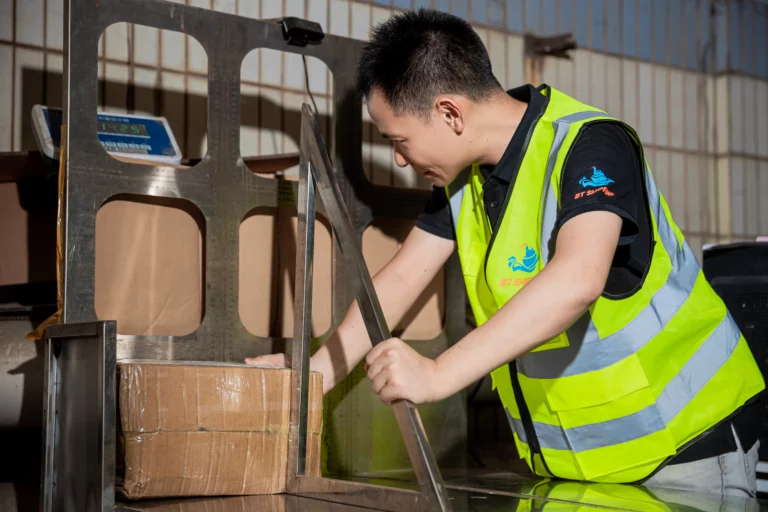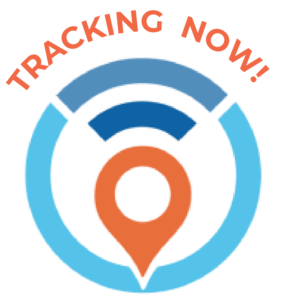China to USA
- Home
- China to USA
Specialize in Reliable Door-to-Door Delivery
BT Shipping: Your Dependable Freight Forwarder
from China to USA
As one of the largest exporters to the USA, China ships goods worth hundreds of billions annually, forming a key link in global supply chains. BTS provides comprehensive logistics services to streamline this trade flow, offering competitive DDP solutions that cover everything from customs clearance to final delivery. Enjoy reliable, cost-effective shipping with BTS, ensuring your products reach U.S. customers smoothly, without hidden fees or delays.
![shutterstock_2477372473 [转换]-01](https://www.btshipping.com/wp-content/uploads/2024/08/shutterstock_2477372473-转换-01-scaled.jpg)
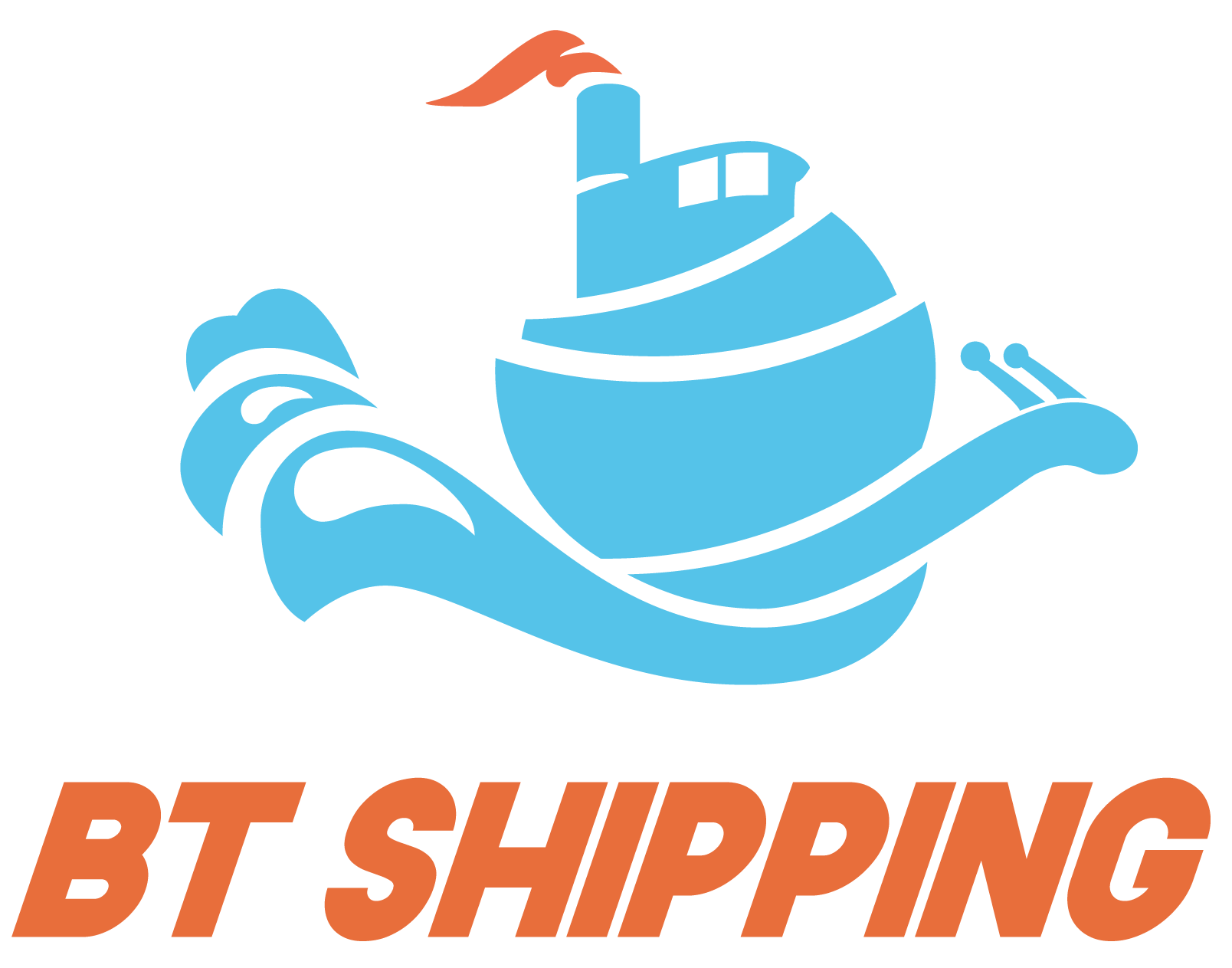

Empowering Your U.S. Market Expansion with Diverse Logistics Solutions
Explore a wide range of logistics services tailored to enhance your business success in the U.S., promising secure, timely, and efficient delivery of your cargo across various regions.
Sea Freight
BTS provides FCL and LCL services to major U.S. regions: West Coast, East Coast, and Gulf Coast, delivering economical and trustworthy solutions for all cargo sizes.
Air Freight
Our air freight service ensures delivery to key U.S. airports within 1-5 days, ideal for urgent shipments. With frequent flights and competitive pricing, we meet your tight schedules.
Express Service
Partnering with DHL, FedEx, and UPS, BTS provides rapid 2-5 day delivery, ensuring your urgent parcels arrive on time, reducing delays and meeting tight schedules.
Door to Door Delivery
Offering reliable DDP services, BTS handles door-to-door delivery for both FCL and LCL shipments, taking care of everything from pickup in China to final delivery in the U.S., ensuring a hassle-free experience.
Amazon FBA Service
Specializing in Amazon FBA logistics, we handle labeling, packaging, and compliance, ensuring direct delivery to Amazon fulfillment centers across the U.S., ready for sale with ease.
Customs Clearance
Through meticulous management of documentation, duties, and regulatory compliance, BTS navigates U.S. customs procedures efficiently, reducing the risk of delays and ensuring shipments meet all entry requirements.
Detailed Service Timelines, Characteristics and Advantages
BTS delivers shipments 20% faster than typical industry standards, reducing China to USA shipping time, and providing prompt and efficient service.
Shipping Types | Estimated Transit Times | Key Characteristics | Why Choose |
Sea Freight | 14-42 days | Best for cost savings on large and small shipments. | Economical and secure for bulk goods. |
Air Freight | 1-5 days | Ideal for fast, urgent deliveries. | Quickest option with minimal transit time. |
Door-to-Door Service | Sea Freight: 19-47 days Air Freight: 4-11 days | Complete service from pick-up to delivery. | Simplifies logistics, with all handling and paperwork managed for you. |
Why BTS: Speed in Delivery, Trust in Service
BTS ensures smooth shipping with extensive experience, advanced logistics technology, and a dedicated customer support team, making your logistics operations hassle-free as a dependable freight forwarder company.
Enjoy Streamlined and Seamless Shipping with BTS
1
Select Shipping Method
Choose the best freight option for your shipment.
2
Customs Documentation and Clearance
BTS manages all customs documentation and clearance.
3
Track Shipment
Monitor your cargo in real-time via our advanced systems.
4
Receive Goods
Timely delivery to your specified destination.
1、 What are the main ports in China used for shipping to USA?
The primary ports in China for shipping to the USA include:
-
Port of Shanghai: The world’s busiest container port, handling extensive cargo to the USA. It offers comprehensive facilities and services, making it a strategic hub for international trade, particularly with the USA.
-
Port of Shenzhen: Comprising several ports like Yantian, Chiwan, and Shekou, Shenzhen is a major hub for exports to the USA, especially for electronics and consumer goods.
-
Port of Ningbo-Zhoushan: Located in Zhejiang province, it is one of the largest ports in the world by cargo tonnage, acting as a major gateway for exports to the USA.
-
Port of Guangzhou: This port primarily serves the Pearl River Delta region and is known for handling a variety of goods destined for the USA.
-
Port of Qingdao: This port in northern China is crucial for shipping heavy machinery, automotive parts, and textiles to the USA.
-
Port of Tianjin: Serving the Beijing-Tianjin-Hebei metropolitan region, it handles significant volumes of industrial exports to the USA.
-
Port of Xiamen: Important for exporters in the Fujian Province sending shoes, apparel, and electronics to the USA.
-
Port of Dalian: Located in northeastern China, Dalian is a significant port for shipping a variety of goods, including machinery, and textiles, to the USA.
2、What are the main ports in USA for receiving shipments from China?
The primary ports in the USA for receiving shipments from China include:
-
Port of Los Angeles: The largest port in the USA, it handles the majority of imports from China, processing everything from electronics to clothing.
-
Port of Long Beach: Adjacent to the Port of Los Angeles, this port is another major gateway for Chinese goods, particularly for consumer goods and automotive parts.
-
Port of New York and New Jersey: The largest port on the US East Coast, handling substantial cargo from China, particularly machinery, electronics, and textiles.
-
Port of Savannah: Known for its rapid growth, it handles significant volumes of Chinese imports, specializing in containerized goods.
-
Port of Houston: Servicing the Gulf Coast, this port efficiently manages imports from China, including chemicals, machinery, and electronics.
-
Port of Oakland: Important for receiving goods destined for the western USA, including agricultural products, electronics, and textiles.
-
Port of Seattle-Tacoma (Northwest Seaport Alliance): Significant for Pacific Northwest deliveries, handling a wide range of goods from China.
3、What are the main goods exported from China to USA?
The main goods exported from China to the USA include:
-
Electronics: This category includes smartphones, computers, television sets, and components such as integrative circuits and semiconductors.
-
Apparel and Footwear: A significant portion of clothing, shoes, and accessories are exported from China to the USA, covering everything from high-end fashion to everyday wear.
-
Machinery: This includes industrial machinery, electrical machinery, and mechanical appliances used in manufacturing and construction.
-
Furniture: Home and office furniture, from simple chairs to elaborate desks and cabinets, forms a large part of the exports.
-
Toys and Games: China is a major exporter of children’s toys, board games, and gaming consoles.
-
Textiles: Fabrics, yarns, and related textile products used in various industries, including apparel and home furnishings.
-
Automobile Parts: This includes components and accessories for various types of vehicles, essential for the US automotive repair and manufacturing industries.
4、What factors influence the cost of shipping from China to the USA?
Several factors influence the cost of shipping from China to the USA, including:
-
Shipping Method: Ocean freight is more cost-effective but slower than air freight, which offers faster delivery times at a higher cost.
-
Container Size: Full Container Load (FCL) vs. Less than Container Load (LCL). FCL is typically more cost-effective for larger shipments, while LCL is used for smaller cargo but may incur higher costs per unit.
-
Fuel Prices: Fluctuations in fuel prices can significantly impact shipping rates, especially for longer routes.
-
Seasonal Demand: Costs can rise during peak seasons, such as the lead-up to major holidays like Christmas and Chinese New Year, when shipping demand is high.
-
Port Congestion: Delays at ports can lead to additional costs, such as demurrage (charges for container storage at the port) and detention (charges for holding onto containers longer than the allotted free time).
-
Insurance: The cost of insuring the goods during transit can add to the overall shipping cost.
-
Customs Duties and Taxes: Tariffs and duties imposed by the USA can increase the cost of importing goods.
-
Distance and Route: The distance between the origin in China and destination port in the USA, as well as the specific sea/air route taken, influences the cost.
-
Additional Services: Costs for additional services like packaging, warehousing, freight forwarding, and handling special cargo requirements.
5、What documents are required for customs clearance in the USA?
For customs clearance in the USA, the following documents are typically required:
-
Bill of Lading (B/L): Document issued by the carrier to acknowledge receipt of cargo. It serves as a shipment receipt and contract between the shipping company and the shipper.
-
Commercial Invoice: A detailed invoice from the exporter to the importer, outlining the goods and their value, which is used for customs valuation and duty determination.
-
Packing List: Provides detailed information on the contents, dimensions, and weight of each package included in the shipment. It helps in identifying the goods during customs inspection.
-
Customs Entry Form (CBP Form 3461): Initial import entry form filed by the importer or customs broker to start the customs clearance process.
-
Customs Entry Summary (CBP Form 7501): Detailed entry summary filed after the cargo is released from customs, containing all relevant shipment details.
-
Importer Security Filing (ISF): Required for ocean cargo, typically filed 24 hours before goods are loaded on the vessel, providing details about the shipper, consignee, and shipment.
-
Certificate of Origin: May be required to prove the origin of the goods and to qualify for any preferential tariff treatment.
-
Import Licenses: Certain goods may require special import licenses or permits, depending on U.S. regulations.
-
Other Documentation: Depending on the goods, additional documentation like health certificates, inspection certificates, or safety data sheets may be necessary to comply with U.S. import regulations.
6、Are there any goods prohibited from being imported into the USA?
Yes, certain goods are prohibited from being imported into the USA. These include:
-
Illegal Drugs: Narcotics and other controlled substances.
-
Hazardous Materials: Substances that pose significant risks to health, safety, or property, such as certain chemicals and biological agents.
-
Pirated Goods: Counterfeit or pirated copies of software, movies, music, and other intellectual property.
-
Harmful Chemicals: Including certain pesticides, toxic substances, and materials regulated under the Toxic Substances Control Act (TSCA).
-
Endangered Species Products: Items made from protected wildlife, including ivory, certain furs, and parts of endangered animals.
-
Certain Agricultural Products: Certain fruits, vegetables, meats, and other agricultural products may be restricted due to pest and disease concerns.
-
Firearms and Ammunition: Import of firearms and ammunition is heavily regulated, requiring specific permits and compliance with U.S. laws.
-
Products Made by Forced Labor: Goods produced under forced labor conditions are prohibited.
It’s advisable to verify specific restrictions with U.S. Customs and Border Protection (CBP) or consult BT Shipping for detailed information.
7、Can door-to-door service cover both commercial and personal shipments?
Yes, door-to-door services can be used for both commercial and personal shipments. We cater to businesses and individuals, ensuring safe and reliable delivery of goods.
8、How do I choose between sea freight and air freight?
If your goods are less than 200 kg, not very heavy, or urgently needed, air freight is the best option. For larger, heavier, or less time-sensitive shipments, sea freight is more cost-effective.
9、What trade agreements exist between China and the USA?
-
World Trade Organization (WTO) Commitments: Both countries are members of the WTO and are bound by its rules and agreements, which include commitments to lowering tariffs, reducing trade barriers, and adhering to other trade-related regulations.
-
Sector-Specific Agreements: There have been specific agreements focused on key sectors like agriculture, automotive, and technology. These agreements often address specific issues like food safety standards, market access, and regulatory cooperation.
10、 How long does customs clearance take in the USA?
The customs clearance process in the USA can vary in duration depending on several factors:
-
Documentation Accuracy: If all required documents are accurately and promptly submitted, clearance can be expedited.
-
Type of Goods: Certain goods, especially regulated ones, may require additional inspections and regulatory compliance checks.
-
Port of Entry: Some ports have more efficient processing systems and staff, reducing clearance times.
-
Customs Inspections: Shipments selected for random or specific inspections may experience delays.
Generally, customs clearance can take anywhere from a few hours to a few days. Shipments that require additional inspections or have documentation issues may need several days or even longer to clear.
11、 What are the import duties and taxes for goods entering the USA?
Import duties and taxes for goods entering the USA typically include:
-
Import Duty: A tariff paid on imported goods, calculated based on the Harmonized Tariff Schedule (HTS) classification of the product. Duty rates can vary widely depending on the product.
-
Merchandise Processing Fee (MPF): A fee applied to most imports, calculated as a percentage of the declared value of the goods, with a minimum and maximum cap.
-
Harbor Maintenance Fee (HMF): Charged on imports arriving by ocean, calculated as a percentage of the cargo value.
-
Excise Taxes: Specific goods like alcohol, tobacco, and firearms may be subject to additional excise taxes based on quantity, weight, or volume.
-
Sales Tax: Some states may impose sales tax on certain imported goods, though this varies by state.
-
Additional Duties: Certain goods may be subject to additional duties like anti-dumping or countervailing duties, imposed to protect U.S. industries from unfair competition.
12、How do you ensure the safety of my cargo during transit?
We ensure the safety of your cargo through:
-
High-quality packaging materials.
-
Experienced handlers.
-
Real-time tracking and monitoring systems.
-
Offering insurance options for added protection.
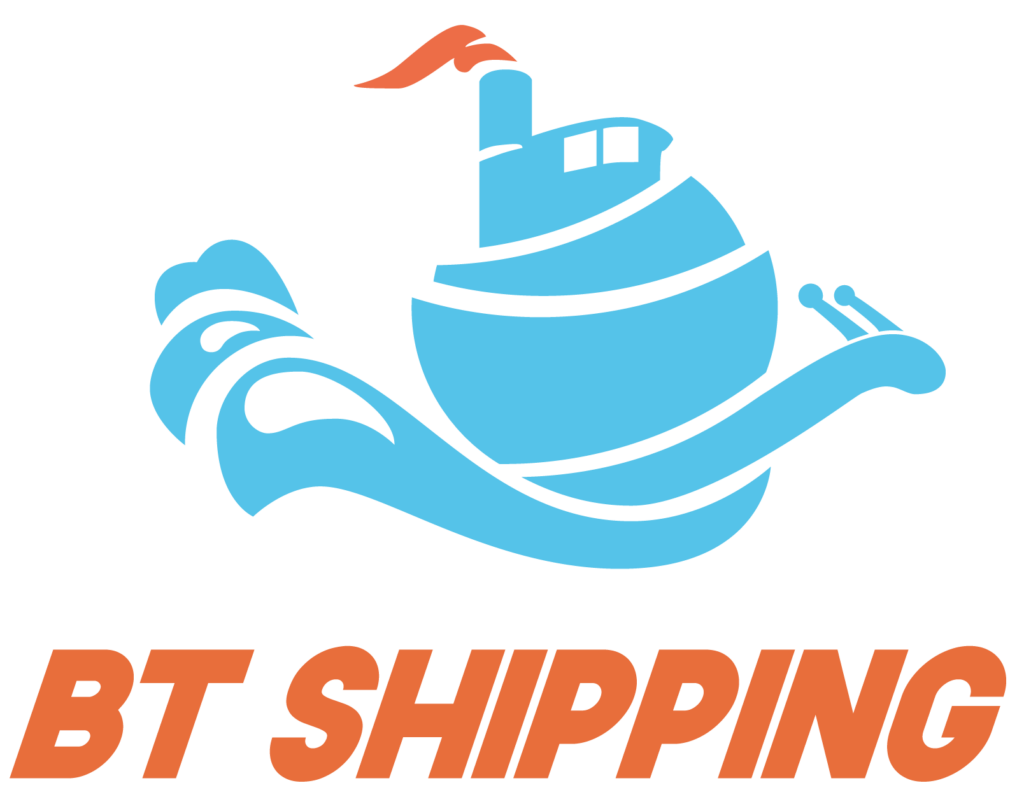

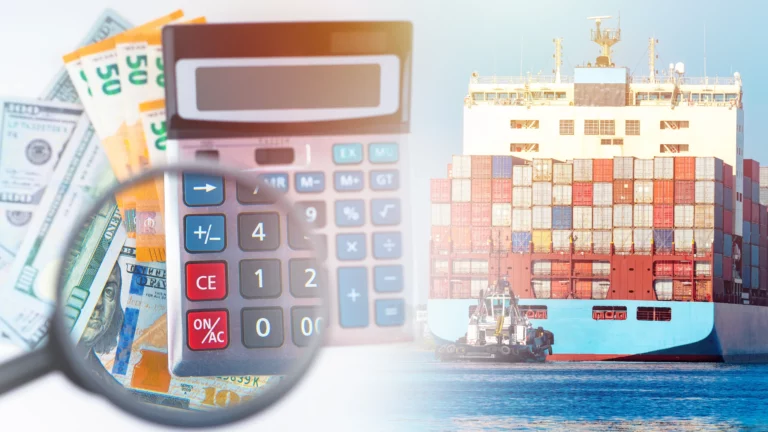
-768x512.webp)
